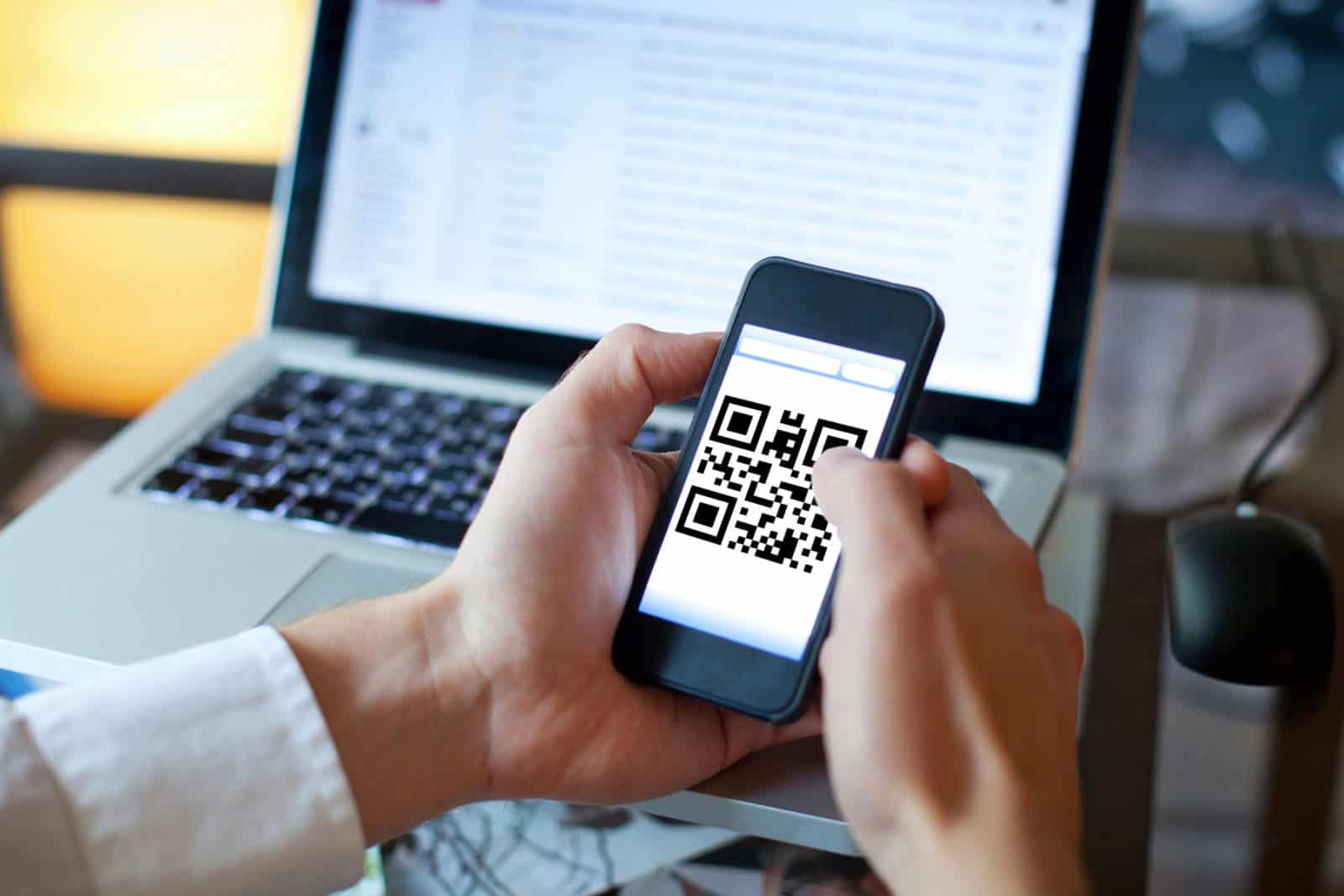Everybody loves a bargain. If you’re an ecommerce business, learning how to offer online coupons can help boost your conversions.
[hubspot portal=”5154711″ id=”7642b9fe-5d46-49e7-aa54-737c33f9221c” type=”form”]Using the ClickBank Coupon Feature
- Why Coupons Work
- Enhancing your brand experience
- Coupon- Consumer relationship
- Tips and tricks for success
Everybody loves a bargain. Our desire to get more of anything for the least amount of energy expended is in the very fabric of our existence. Fading is the era of bulky Sunday papers and snipping out UPC codes to save an extra fifty cents on a can of green beans. Commerce has changed and therefore so has the coupon.
In today’s world, just like most things, coupons are moving online. Merchants can either provide a code for customers to enter into an online order form, or coupons can be applied automatically at checkout, based on a referral link and additional backend mechanisms.
ClickBank Vendors are no exception to these newly evolved marketing techniques. The ClickBank platform allows vendors to create multiple coupons that work in two different ways: manually entered by the customer or automatically populated on the order form.
Coupons not only increase conversions and drive sales, but they offer a unique moment for vendors to connect with their customers via their company brand and voice. This twofold strategy makes coupons one of the best ways to build customer loyalty. But why exactly is this ploy so potent?
Why Coupons Work
According to Bryan Pearson, Forbes Contributor and author of the book “The Loyalty Leap: Turning Customer Information into Customer Intimacy,” the reason coupons work to increase conversions (even if they ultimately cost consumers more money in the long run) is about one thing.
Pearson writes, “The mental rush associated with saving money is well established. However, some studies indicate the excitement of redeeming a coupon is greater than simply paying less for a product that is not discounted. It comes down to power.”
The pursuit of power, like many human vices, is far more complex than would meet the eye. The drive to save money has more in common with the chase than it does with nickels and dimes. Most shoppers are familiar with that little rush they get when they’ve struck bargain gold. That “little rush” is the climax of the dopamine reward cycle. Skeptical? Read on.
Sally W. Herships, New York Times contributor, writes in her articleThe Thrill of the Hunt for Discount Prices, “Finding deals can make people feel good. For some shoppers, it’s about the thrill of the hunt… Consider what happened when Ron Johnson, former chief executive of J.C. Penney, committed to transparency and predictability and decided the chain would stop running sales. Shoppers waiting for the dopamine hit that comes with the unexpected opportunity for a bargain were disappointed, and customers fled in droves.”
Coupons are Part of a Brand
In 2011, JC Penny—one of America’s oldest and most successful retail chains—did away with coupons at the suggestion of Johnson, the former senior VP of retail operations at Apple. Johnson had experienced great success in his former position by turning computer show floors into interactive playrooms, which, in turn, became undeniable hotbeds of sales conversions due to a tactile and emotive brand experience—so much so that coupons were not a necessary marketing strategy for the tech superstar. Needless to say, Johnson’s tactics did not work at JC Penny (he was fired in 2013) and chances of recovery for the megastore seem increasingly slim as they just announced additional store closures for 2019 and beyond.
With a lack of consistent and congruent brand experience (i.e. the iPhone is far more iconic than a JC Penney blouse), it became evident that shoppers were returning to the retail giant for more than just bath towels and button-downs; rather than a brand experience, it was one of a more neurological nature.
So, when it comes to the coupon-consumer relationship, what’s a ClickBank Vendor to do?
Do coupons work for every product?
The easiest, most straightforward answer to that question is yes. Yes, they do. It comes down to how you choose to use them as a vendor.
The contrast between the branding of Apple and JC Penney helps illuminate this. Could Apple use coupons successfully? Of course. However, they don’t have to because of a strong brand identity and experiential buying.
Can a company rely solely on bargain-hunters and virtual coupon-clippers for sales conversions? Absolutely not. If that were the case, the deal would become predictable, thus taking the thrill out of the thrill-of-the-hunt.
Like many things in life, creating a successful coupon campaign comes down to balance. Take time to build your brand, but keep in mind that shopper’s love a good deal—especially if they feel like they found it.
How to Offer Coupons Online Successfully
Here’s a few tried and true tricks to make the most out of your coupon strategy:
- Relevance
One of most important elements of a successful coupon campaign is relevance. Using market data and analytics can provide you intel into shopper’s habits that will help vendors better define what might be the pivotal factor in getting a consumer to cross over the purchase threshold. Online retailers are likely aware of the overwhelming abundance of analytics tools out there. Choose your data sets wisely to make sure you’re offering what customers are responding to.
- Understand Your Medium
Since ClickBank commerce is limited to online transactions, make sure you tailor your coupon and sale information to be viewed on a variety of different screens. If consumers can’t find the information they need, they may pivot from the purchase opportunity and seek bargains elsewhere. Design is critical in communicating information, and if the message is effectively received, conversions will follow. Keep this in mind if a coupon isn’t producing the sales you anticipated. Circle back and look at the sale information as a potential customer would and see what may be missing.
- Know Your Competition
According to a 2017 Valassis study, customers are loyal, but if tempted, they’ll stray. Here’s what the study found:
“Even brand loyal shoppers (self-defined as those who purchase regardless of price) can be persuaded to switch brands when presented with the right motivation at the right time. In fact, brand loyal shoppers (79%) are just as likely as all consumers (82%) to be influenced to buy a brand they wouldn’t typically buy due to a coupon. While at the store, 69% of brand loyal shoppers will switch brands based on a discount notification they receive on their smartphone/mobile device, compared to 58% of all consumers.”
Do your research and finetune your copy. Make sure you prepare your affiliates as well. For more information on how to attract ClickBank Affiliates by creating brand material, check out this Knowledge Base article.
- Harness the Power of the Conversion
Track the conversion rate of your coupon and if you see something working, take note. If businesses have learned anything over the years, it’s that trends are not arbitrary and human instincts are pretty darn reliable. Buying patterns come and go, but the underlying drive for power and the joy of a successful hunt is what built megastores and iPhones in the first place.
Feeling inspired?
If you’re a ClickBank Vendor eager to embark on a new coupon campaign, check out this article to get started. Make sure you’ve added a product and enabled the coupon feature first! Have you experienced success (or failure) with ClickBank coupons before? We’d love to hear from you. Share your story in the comments section below!







